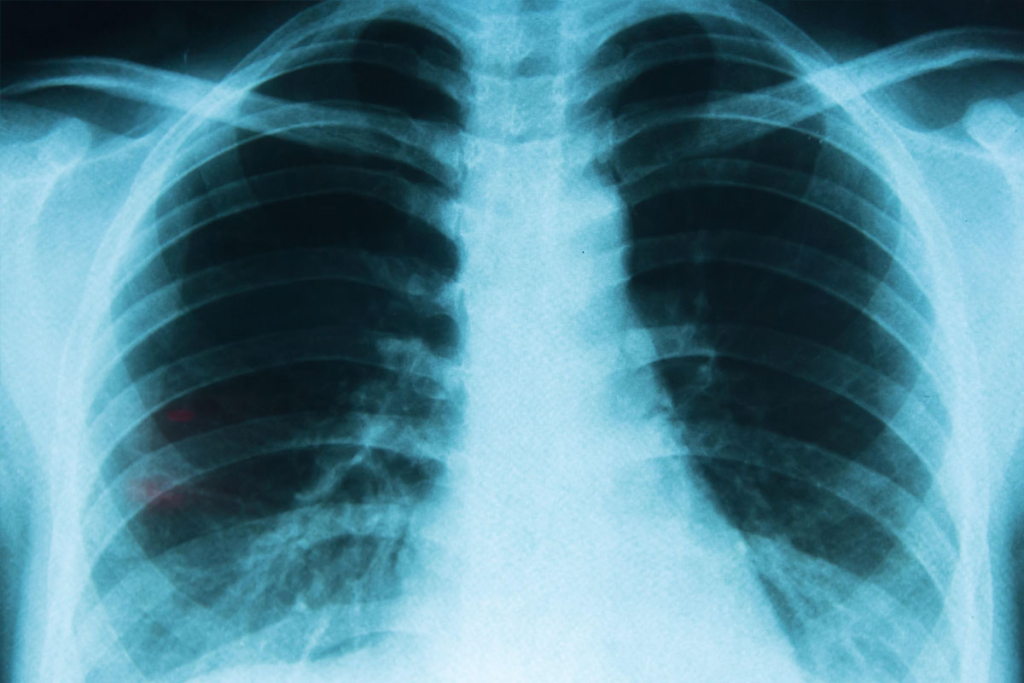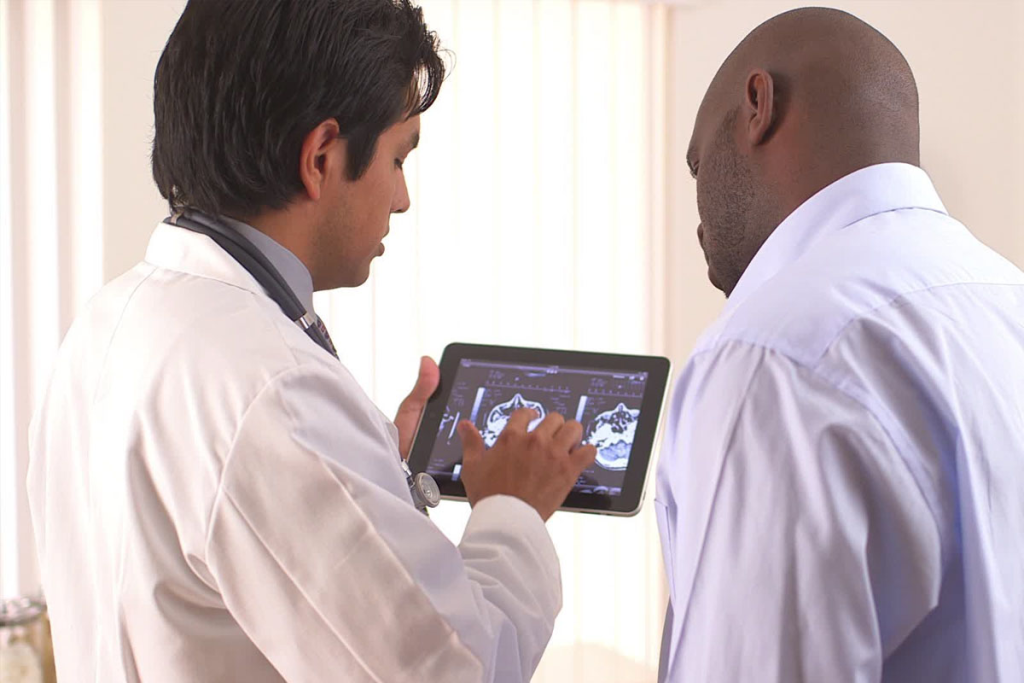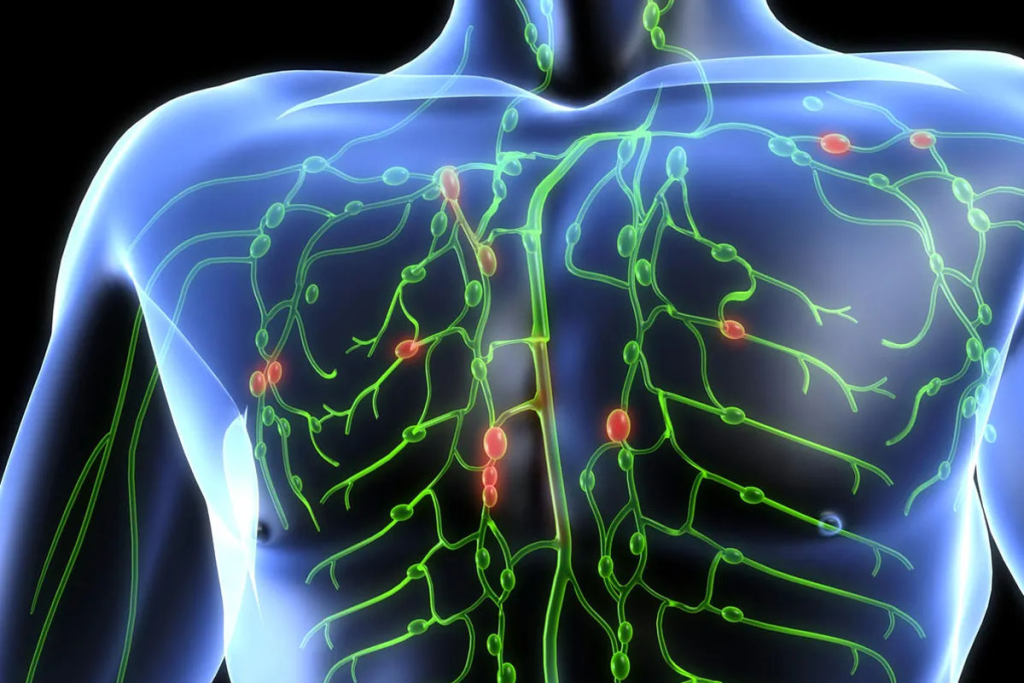
Lung cancer is one of the most common cancers worldwide, and early detection is key for effective treatment. The PET scan has become a popular tool for lung exams because it provides critical insights beyond regular imaging. A lung PET scan is an advanced test that uses a small amount of radioactive substance to detect disease activity in the lungs. Unlike MRI and CT scans, it shows how lung cells are functioning, not just their structure. This helps doctors diagnose lung cancer, track its progression, and plan targeted treatment options. Why doctor recommend PET scan is clear: it delivers precise information that guides better treatment decisions, making it a vital tool in the fight against lung cancer.

PET scans are a big step forward in medical imaging. They let doctors see how organs work in real time. This is key for spotting and treating diseases, like cancers.
PET imaging uses a special tracer that’s injected into the body. This tracer goes to areas with lots of activity, like cancer cells. The PET scan picks up this tracer, showing how different body parts work.
The ability to see how cells work in real-time makes PET scans great for finding and tracking lung cancer.
PET scans are different from CT or MRI scans. While CT and MRI show what organs look like, PET scans show how they function. This is important because PET scans can spot changes at the cellular level before other scans can.
PET scans are a powerful tool in today’s medicine.
Lung PET scans are key in finding and treating lung cancer. They give doctors the info they need to decide on the best treatment.
One main use of lung PET scans is to spot lung cancer and see if it has spread. This is vital for knowing how serious the cancer is and planning treatment.
Lung PET scans also check how well treatment is working. By comparing scans before and after treatment, doctors see if the cancer is getting smaller, staying the same, or growing.
These scans help in figuring out how serious lung diseases are. Knowing this helps doctors predict how well a patient will do and what treatment is best.
In summary, lung PET scans are essential in managing lung cancer. They give doctors the info they need for diagnosis, treatment planning, and checking how well treatment is working.
PET scans are a top choice for doctors when diagnosing lung diseases. They offer unique benefits and clear signs that make them stand out. This is why doctors often prefer them.
PET scans are key in finding and managing lung cancer. They show how active lung tissues are, helping to tell if something is cancerous. Early detection and accurate diagnosis are critical in improving patient outcomes, and PET scans play a vital role in this process.
PET scans are more accurate than other imaging methods. They give detailed info on tissue activity, not always seen in CT or MRI scans. The ability to assess metabolic activity makes PET scans useful in staging cancer and evaluating treatment response.
The benefits of PET scans, like their accuracy and role in treatment decisions, make them essential in lung disease management.

Healthcare providers get better insights by combining PET and CT technologies. This mix gives a full view of health issues. It combines how the body works and its structure.
Mixing PET and CT scans brings many benefits. They improve how well doctors can diagnose and understand disease spread. PET-CT scans are very helpful in cancer care. They help see how far cancer has spread.
PET-CT scans are more accurate than PET or CT scans alone. They give both metabolic and anatomical details. This makes them better for diagnosing.
| Diagnostic Modality | Accuracy |
| PET Scan | 85% |
| CT Scan | 80% |
| PET-CT Scan | 95% |
PET-CT scans have many benefits but also involve radiation. Yet, the benefits often make the risks worth it. This is true for critical diagnoses.
PET scans are key in finding lung problems like lung cancer and inflammatory diseases. They show lung function in detail. This makes them very useful for lung health checks.
Primary lung cancers are common worldwide. PET scans spot cancer cells early. This helps doctors plan the best treatment.
A solitary pulmonary nodule is a small lung spot. PET scans check if it’s cancer. This helps avoid bad surgeries and start right treatment.
Inflammatory lung diseases, like sarcoidosis, are also checked with PET scans. They find inflammation. This helps doctors see how well treatment is working.
A lung PET scan needs some preparation for the best results. Proper preparation makes sure the scan results are accurate and reliable.
Patients often need to fast for several hours before the scan. This means no food or drink, except water. It’s key to follow the specific dietary instructions from your healthcare provider or the imaging center.
Certain medications might need to be avoided or adjusted before the scan. Tell your healthcare provider about all medications, including supplements and vitamins. This helps prevent any effects on the scan results.
On the day of the scan, wear comfortable, loose-fitting clothes. Avoid anything with metal, like jewelry or clothes with metal parts. Leave all metallic objects at home or be ready to remove them before the scan. Bring any needed documents, like insurance cards and identification, to the imaging center.
Knowing what to expect from a PET scan can ease anxiety. A PET scan is a detailed test that checks lung health. It’s a key tool in medical imaging.
Before the test, patients usually fast for a few hours. This helps the body absorb the tracer better. They might also avoid hard activities and some medicines that could mess up the results.
When they arrive, they’ll get a gown. They’ll also have to take off any metal items, like jewelry or glasses. This is to prevent any interference with the scan.
A small amount of radioactive tracer is injected into a vein. This happens in the arm. The tracer goes to active areas, like tumors.
The scan takes about 20-30 minutes. Patients lie on a table that moves into a big PET scanner. The scanner picks up the tracer and makes detailed lung images.
After the scan, patients can usually go back to their normal day. They might be told to rest by their doctor. The tracer leaves the body in a few hours.
| Stage | Procedure | Duration |
| Before Scan | Fasting, avoiding strenuous activities and certain medications | Several hours |
| During Scan | Injection of radioactive tracer, lying on the scanning table | 20-30 minutes |
| After Scan | Resuming normal activities, tracer elimination | A few hours |
Radioactive tracers are key in lung PET scans. They are substances that give off radiation. This radiation is picked up by the PET scanner to show detailed images inside the body.
FDG (fluorodeoxyglucose) is the most used tracer in PET scans. It’s a glucose molecule that cells in the body take up. Cancer cells, with their high metabolic rates, take up more FDG. This makes them show up clearly on PET scan images.
Other tracers are used for different purposes. They help check blood flow or find certain tumors.
After being injected, the tracer goes to areas with high activity. The PET scanner picks up the radiation from the tracer. It uses this to make images that show important areas, like tumors or inflamed tissues.
Radioactive tracers have a half-life. This is the time it takes for half of the tracer’s radioactive material to decay. FDG has a half-life of about 110 minutes.
The body also gets rid of the tracer naturally. This reduces the amount of radiation over time.
Knowing how radioactive tracers work is key to understanding lung PET scans.
Understanding PET scan results is key. It involves looking at the imaging data and what it means for health. PET scans show where disease or cancer might be by how much a tracer is taken up.
The Standardized Uptake Value (SUV) is important in PET scans. It shows how much tracer is taken up in certain areas. A high SUV value often means more activity, which could be cancer. But, many things can affect SUV values, like blood sugar and how long after the scan it’s done.
PET scans show different things. For example, a spot that takes up more tracer might be a tumor. But, if it’s spread out, it could be inflammation or infection. Doctors look at the scan, your medical history, and other tests to figure out what’s going on.
“The integration of PET scan results with clinical information and other diagnostic tests enhances diagnostic accuracy and guides treatment decisions.”
A Nuclear Medicine Specialist
How long it takes to get PET scan results varies. You might get a quick look at the results right after the scan. But, a full report can take a few hours or days. The doctor will study the images, think about your medical history, and write a detailed report.
| Result Type | Typical Timeframe | Details |
| Preliminary Results | Shortly after scan | Initial impression based on scan images |
| Detailed Report | Several hours to a few days | Comprehensive analysis including clinical correlation |
Knowing about PET scan results is important for both patients and doctors. It helps make better treatment plans and decide on more tests.
PET scans are safe for diagnosing lung conditions, but there are risks. It’s important to know these to use them safely and effectively.
PET scans use a small amount of radiation from a radioactive tracer. The dose is low, but radiation exposure can be a concern. This is more so for young patients or those getting many scans. The benefits of the scan usually outweigh the risks, but talk to a healthcare provider about it.
Some people might have allergic reactions to the tracer in PET scans. This is rare, but symptoms can be mild or severe. If you have allergies, tell the medical staff right away.
If you’re pregnant or breastfeeding, tell your doctor before a PET scan. The risks to the fetus or baby are considered. Sometimes, other tests are suggested instead.
It’s key to talk to your healthcare provider about your risks and concerns before the scan. This way, the scan is done safely for you.
The cost of a lung PET scan can vary a lot. Knowing about insurance coverage is key for planning your finances. It’s important to understand what affects the cost and how much your insurance will cover.
In the United States, a PET scan can cost between $1,000 and $5,000 or more. It’s vital to talk to your healthcare provider and insurance company for a better estimate.
To get insurance for a lung PET scan, you need pre-approval. Your healthcare provider must explain why the scan is needed to the insurance company. Make sure to work with your healthcare team to provide all needed documents.
PET scans are key in finding and treating lung cancer and other lung issues. They show how the body works, helping doctors spot cancer and check how treatments are doing. This helps in understanding the disease’s stage.
Using PET and CT scans together makes diagnosis more precise. It’s important for patients to know about the PET scan process, how to prepare, and the possible risks. This knowledge helps ensure safety during the scan.
In summary, PET scans are vital for lung cancer diagnosis. By learning about PET scans and their benefits, patients can make informed decisions about their care. As technology advances, PET scans will continue to be a leading tool in lung cancer diagnosis.
A PET scan of the lungs is a test that uses a special dye to see how lung tissues work. It helps find lung cancer, spots where cancer has spread, and checks for other lung diseases.
A PET scan uses a dye that goes into your blood. This dye lights up areas that are very active, like cancer cells. The scanner picks up these signals to create images.
A lung PET scan is mainly used to find lung cancer. It also checks if cancer has spread, how well treatments work, and helps stage lung diseases. This info is key for planning treatment and tracking progress.
Doctors like PET scans because they’re very good at finding lung cancer and other diseases. They show how active tissues are, which helps doctors make better treatment plans.
Using PET and CT together makes diagnosis better. PET shows how tissues work, while CT shows their shape. This combo helps find and understand lesions more clearly.
To get ready for a lung PET scan, follow diet rules, tell your doctor about meds and health issues, wear comfy clothes, and arrive early to fill out forms.
During a PET scan, you’ll lie on a table that moves into a scanner. Stay very quiet during the scan. You might also get CT scans as part of the process.
Subscribe to our e-newsletter to stay informed about the latest innovations in the world of health and exclusive offers!
WhatsApp us